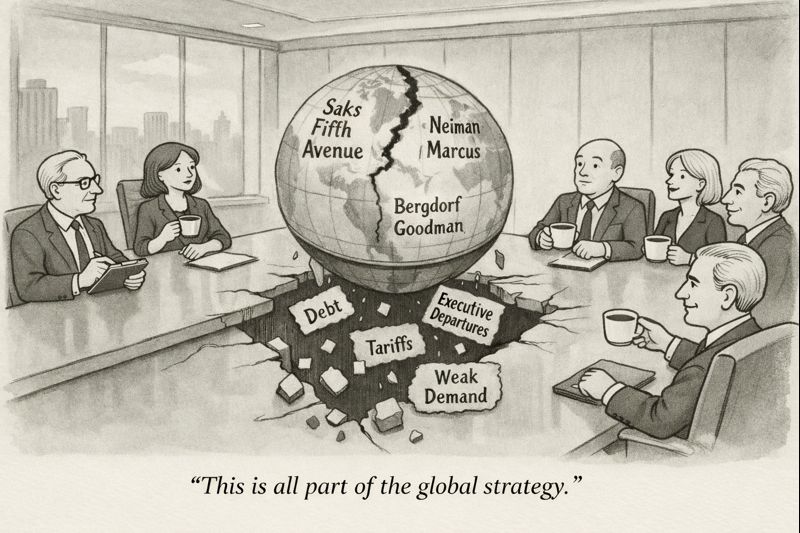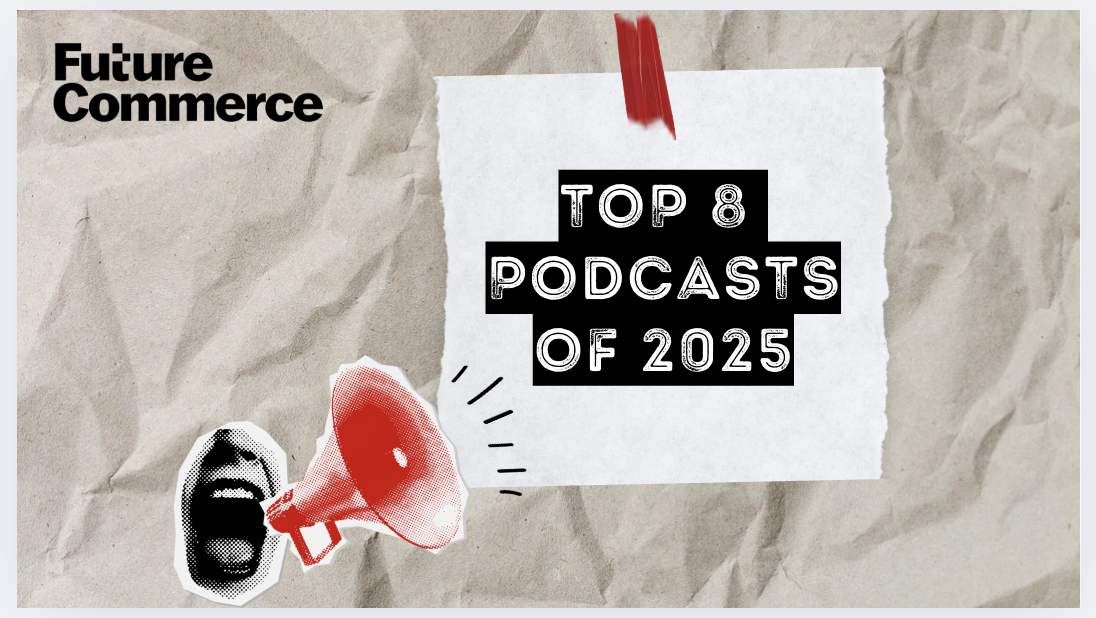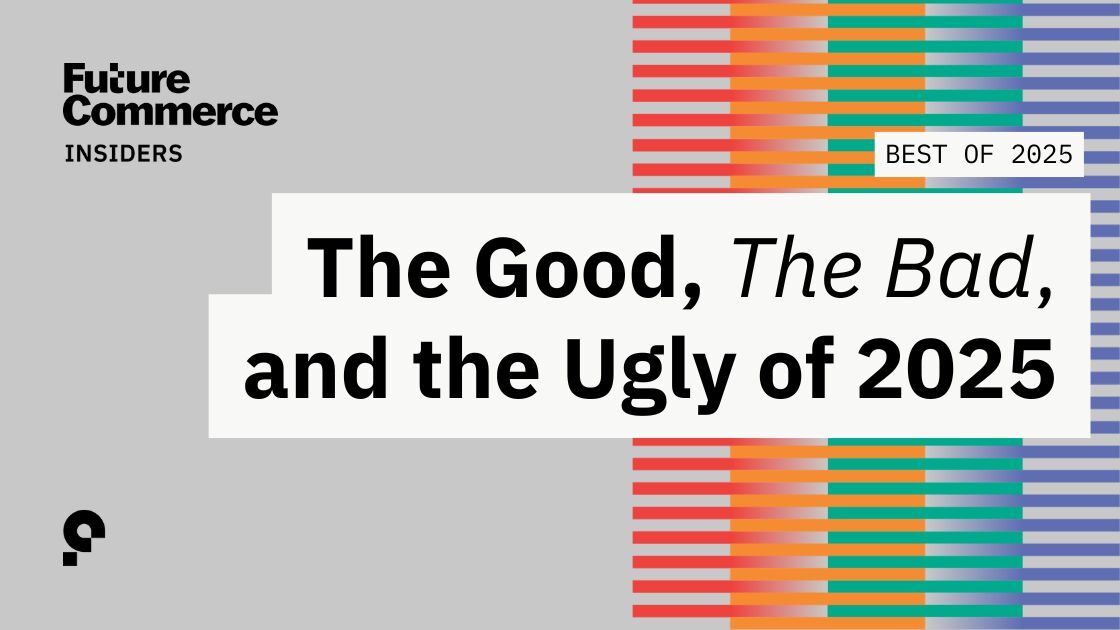
Long Weekend, Low Fluff. We’ll Help You Skip the Doomscroll


Welcome to Friday and July 4th, futurists.
When Hamilton and Jefferson were busy arguing about the future of commerce (circa 1778), they saw two clear paths forward: a largely agrarian economy with colonial aspirations, similar to those of ancient Rome, and an army of farmer-soldiers at the ready to extend the reach of the new empire beyond its early colonial borders.
Or, eventually, the future that Hamilton championed: we finance a new democratic republic by protecting trade at all costs, creating what would become the Coast Guard.
Thank goodness he chose the latter, and thanks to him, we now have Doux Commerce, the theory from the Enlightenment that commerce, and the acquisition of goods, tends to soften (or sweeten) people. They want to protect the things they have, and in turn, they become more amicable.
In celebration of our democracy, we’re resharing what our community has said (through clicks, of course) is the best of our insights and analysis. While you’re taking some time to rest and recharge, ignite your curiosity and reconnect with the essence of what makes the world of Commerce so fascinating: its deep connection to how we live, what we do, and who we are.
We have also had some great conversations on the podcast lately, including our chat with bestselling author Jo Piazza. Her book on trad wives (a murder mystery, if you can believe it) is coming out July 15, and we have a teaser into what you can expect. You can pre-order Everyone is Lying to You: A Thriller on Amazon.
Thanks for a great first half of the year. We’ll see you next week.
— Phillip


Stores as Story. Retail isn’t just transactional; it’s an emotional experience powered by culture, community, and creativity. At least if you’re Anya Hindmarch, that is.
Anya Hindmarch’s “Village” in Chelsea isn’t a store, it’s a shape‑shifting world, transformed six times a year. From a dive shop to Charlie Brown’s school, each theme immerses customers in art-led experiences and curated pop-ups, weaving art and commerce together into a joyful narrative.
Myth Matters. Brands that embrace mythology transcend trends. They not only maintain their heritage but enable their consumers to participate, actively shaping the brand for years to come. Explore how myth-building allows consumers to fill in the blanks, forging enduring cultural connection. As consumers grow increasingly overwhelmed with product options, myth-making isn’t fluff: it’s the bedrock of brand longevity and resonance.
Read on for more inspiration and references to Marshall McLuhan.


Trust the Process. LOEWE rewrote the marketing playbook with its quirky approach to behind-the-scenes content. Now widely used and characterized as “process videos,” these meme-style clips are a TikTok goldmine for brands. Hooking us with craft and glamor, and soothing our senses with artful repetition, process videos’ unlikely source of inspiration are what actually drive their resonance.
Destination Commerce. You don’t have to have the budget of Restoration Hardware or Prada to create a hospitable brand experience, but you do have to understand the physical and emotional triggers that make these environments so powerful. Explore the economics of these rich sensory experiences, and how destinations like London’s Sketch and NYC’s Manuela are leading the movement.


Commerce à la française. The Printemps flagship in Manhattan’s Financial District is a beacon of experiential retail, and a flash of possibility in a seemingly dying sector. But is this model transferrable to all retail brands? The department store of the future is far more than stacks of inventory; it’s a cultural representation of the people it is meant to serve.
Tomato Trend Trap? Food as fashion signals more than taste; it’s status theater. This essay tackles the exorbitant fruit trend that masks socioeconomic divides, rising eating‑disorder rates, and hospitality’s performative nature. We continue to question who really “eats” the narrative, especially as beauty and fashion brands continue to make culinary connections to their products.

A New Commerce Experience. Omnimodal isn’t just an evolution of omnichannel. It represents the living and ever-present nature of commerce. It signals a future where shopping is woven into every context: from games to social feeds, and ambient experiences. You now have the opportunity to meet shoppers across sensory realms, shaping intention with fluidity and feeling.

Retail Media as Ad Boss. Retail media has become the main character in the story of advertising’s evolution. As ad budgets shift towards commerce platforms, retailers are rewriting the rules of engagement in real time; without memory, precedent, or permanence. This piece explores why control over the canvas (context) is equally important as the content (message) itself, and even includes some predictions on how commerce and media will continue to converge.











.svg)
